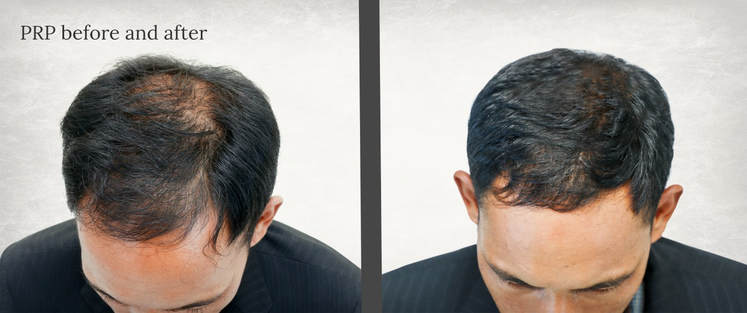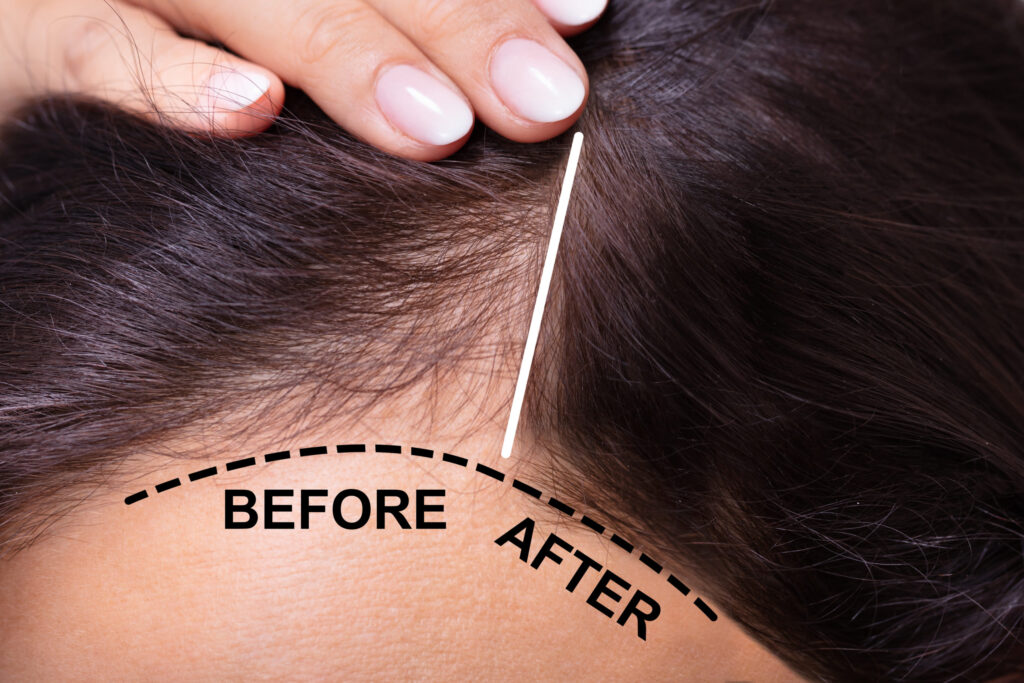Introduction
Hair loss is a common concern affecting millions of individuals worldwide, leading to a quest for effective treatments. PRF (Platelet-Rich Fibrin) hair treatment has emerged as a promising solution, offering hope to those struggling with thinning hair and baldness. This article delves into the intricacies of PRF hair treatment, exploring its benefits, procedures, and the science behind its success. We aim to provide a comprehensive guide to understanding PRF, its application, and its impact on your hair journey.
What is PRF Hair Treatment?
Definition of PRF (Platelet-Rich Fibrin): PRF is a concentration of platelets and fibrin derived from the patient’s own blood. It is known for its regenerative properties and is increasingly used in various medical fields, including hair restoration.
Difference between PRP and PRF: While both PRP (Platelet-Rich Plasma) and PRF are used in regenerative medicine, PRF is considered superior due to its slower release of growth factors and lack of additives. This makes PRF more effective in promoting tissue healing and regeneration.
History and development of PRF in hair treatment: PRF was initially used in dentistry and orthopedics for its healing properties. Over time, its application extended to aesthetic medicine, including hair restoration, thanks to its ability to stimulate hair growth and improve hair density.

The Science Behind PRF
Biological mechanisms of PRF: PRF works by harnessing the body’s natural healing processes. It contains high concentrations of platelets and fibrin, which release growth factors essential for tissue regeneration and healing.
Role of platelets and fibrin in hair growth: Platelets are rich in growth factors that promote cell proliferation, collagen production, and angiogenesis. Fibrin acts as a scaffold, supporting the sustained release of these growth factors and enhancing their effectiveness.
How PRF stimulates hair follicles: When injected into the scalp, PRF stimulates the dormant hair follicles, enhancing their growth phase. This leads to increased hair thickness and density over time.
Types and Categories of Hair Loss
Androgenetic alopecia: Commonly known as male or female pattern baldness, this type of hair loss is genetic and hormonal.
Alopecia areata: An autoimmune disorder that causes patchy hair loss.
Telogen effluvium: A temporary form of hair loss triggered by stress, illness, or hormonal changes.
Traction alopecia: Hair loss caused by repetitive tension on the hair, often from tight hairstyles.
Scarring alopecia: Permanent hair loss resulting from inflammatory skin conditions or physical trauma to the scalp.
Symptoms and Signs of Hair Loss
Common signs of hair thinning: Gradual thinning on the top of the head, receding hairline, and widening part.
Patterns of baldness: Circular or patchy bald spots, diffuse thinning, and complete baldness in some areas.
Early indicators to watch for: Increased hair shedding, visible scalp, and reduced hair volume.
Causes and Risk Factors for Hair Loss
Genetic predisposition: Family history plays a significant role in hair loss patterns.
Hormonal changes: Conditions like pregnancy, menopause, and thyroid disorders can impact hair health.
Environmental factors: Pollution, UV exposure, and harsh hair treatments can contribute to hair loss.
Lifestyle influences: Poor diet, smoking, and excessive alcohol consumption can weaken hair follicles.
Medical conditions: Diseases such as lupus, diabetes, and scalp infections can lead to hair loss.
Diagnosing Hair Loss
Clinical examination: A thorough scalp examination by a dermatologist or trichologist.
Medical history review: Understanding the patient’s health background and potential triggers.
Diagnostic tests (scalp biopsy, blood tests): To rule out underlying medical conditions and confirm the type of hair loss.
Importance of early diagnosis: Early intervention can prevent further hair loss and improve treatment outcomes.
PRF Hair Treatment Procedure
Preparing for the treatment: Consultation with a specialist to assess suitability and set realistic expectations.
Step-by-step process:
- Blood draw from the patient.
- Centrifugation to separate PRF from the blood.
- Injection of PRF into the scalp.
Post-treatment care: Avoiding strenuous activities, protecting the scalp, and following a prescribed hair care routine.
Expected outcomes and timeline: Gradual improvement in hair thickness and density, with visible results typically seen within 3-6 months.
Benefits of PRF Hair Treatment
Natural and non-surgical approach: Utilizes the patient’s own blood, reducing the risk of allergic reactions and infections.
Enhanced hair density and volume: PRF promotes the growth of new hair and strengthens existing hair.
Long-lasting results: Patients often enjoy sustained improvement in hair quality and density.
Minimal side effects: Common side effects include mild swelling and redness, which usually resolve quickly.

Challenges and Limitations of PRF
Not suitable for all types of hair loss: PRF is most effective for androgenetic alopecia and other non-scarring types of hair loss.
Variability in patient response: Individual results can vary based on the extent of hair loss and overall health.
Cost considerations: PRF treatment can be expensive, and multiple sessions may be required.
Preventive Measures for Hair Loss
Healthy diet and nutrition: Eating a balanced diet rich in vitamins and minerals supports hair health.
Stress management techniques: Practices like meditation, yoga, and regular exercise can reduce stress-related hair loss.
Proper hair care routines: Using gentle hair care products and avoiding excessive heat styling.
Avoiding harmful styling practices: Steering clear of tight hairstyles and chemical treatments that damage hair.
Personal Stories and Case Studies
Success stories of PRF treatment: Many individuals have experienced significant improvement in hair growth and density.
Testimonials from patients: Positive feedback from patients highlights the effectiveness of PRF treatment.
Before and after photos: Visual evidence of the transformative impact of PRF on hair health.
Expert Insights
Interviews with dermatologists and trichologists: Medical professionals share their insights on PRF treatment.
Professional opinions on PRF efficacy: Experts discuss the benefits and potential of PRF in hair restoration.
Future prospects in hair loss treatments: Innovations and advancements that could enhance the effectiveness of PRF.



